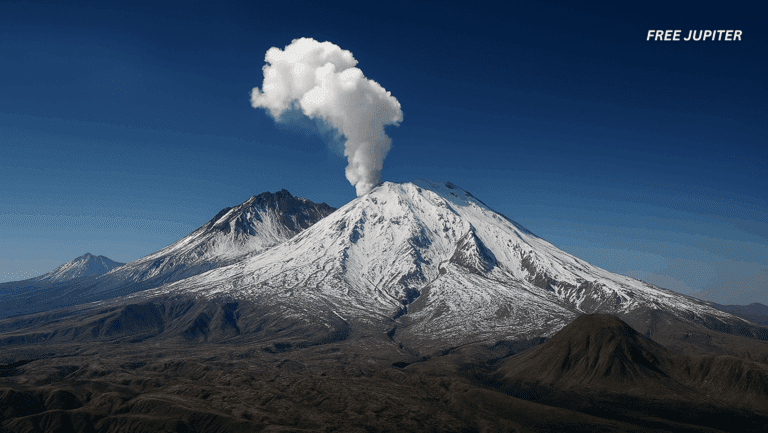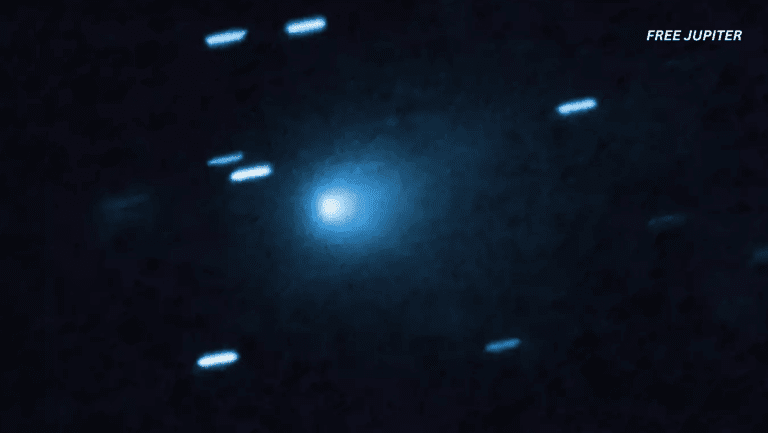Friendly Note: FreeJupiter.com shares general info for curious minds 🌟 Please fact-check all claims—and always check health matters with a professional 💙
The dream of transforming lead into gold has captivated humanity for centuries. Medieval alchemists, armed with little more than mysticism and rudimentary chemistry, sought to unlock this secret, hoping to create wealth and uncover the essence of matter itself. While their efforts were ultimately unsuccessful, modern science has now, in a highly controlled and minuscule way, accomplished this feat-not through magic, but through the extraordinary power of particle physics.
At the Large Hadron Collider (LHC) near Geneva, Switzerland, physicists working on the ALICE experiment have managed to convert lead atoms into gold atoms, albeit in unimaginably tiny amounts. This achievement is not just a curiosity; it offers profound insights into the nature of atomic nuclei, the forces that bind them, and the conditions that shaped our universe in its earliest moments.
The Ancient Quest: From Alchemy to Atomic Science
Alchemy, practiced from antiquity through the Middle Ages, was a blend of philosophy, proto-science, and mysticism. The transmutation of base metals into noble ones, especially gold, was the holy grail of alchemists. Although their methods lacked scientific rigor, their quest laid the groundwork for modern chemistry and metallurgy.
Today, we understand that elements are defined by the number of protons in their atomic nuclei. Lead, with 82 protons, and gold, with 79, are distinct elements on the periodic table. This means that to transform lead into gold, one must remove exactly three protons from the lead nucleus. This is not a chemical reaction but a nuclear one, requiring energies and conditions far beyond everyday experience.
Read more: Recordings Showing Orcas Mimicking Human Speech is Freaking Listeners Out
Understanding the Atomic Nucleus and Nuclear Forces
The nucleus of an atom is a dense core composed of protons and neutrons. Protons carry a positive electric charge, while neutrons are neutral. The strong nuclear force binds these particles tightly together, overcoming the electromagnetic repulsion between positively charged protons.
This strong force is incredibly powerful but acts only over extremely short distances-on the order of a few femtometers (quadrillionths of a meter). To alter the number of protons in a nucleus, one must overcome this force, which requires immense energy.
The Role of the Large Hadron Collider
The LHC is the world’s largest and most powerful particle accelerator. It propels particles to velocities close to the speed of light and collides them to recreate conditions similar to those just after the Big Bang. While it is famous for discovering the Higgs boson, the LHC also enables experiments like ALICE, which studies the behavior of quark-gluon plasma and nuclear matter under extreme conditions.
In the ALICE experiment, beams of lead nuclei are accelerated and directed to collide. These nuclei travel at nearly 99.999993% of the speed of light, carrying enormous kinetic energy. When they interact, the collisions can be violent head-on crashes or near misses where the nuclei pass extremely close without direct contact.
Near Misses: The Crucible for Nuclear Transmutation
A head-on collision between lead nuclei typically results in their complete destruction, producing a hot, dense soup of subatomic particles. However, near misses are more subtle and fascinating. When two lead nuclei pass close by, their electromagnetic fields interact intensely.
Each lead nucleus, with its 82 protons, generates a strong electric field. At the incredibly close distances of these near misses, the fields become extraordinarily intense-far stronger than those that cause lightning in Earth’s atmosphere. These fields can induce vibrations in the nuclei, causing them to emit protons.
If a lead nucleus loses exactly three protons, it becomes a gold nucleus. This process is known as electromagnetic dissociation, a form of nuclear transmutation driven by electromagnetic forces rather than direct nuclear collisions.
Read more: Experts Reveal the 3 Most Spiritually Heightened Birth Months—Is Yours on the List?
Detecting the Creation of Gold
Directly observing the newly formed gold atoms in the chaotic environment of the LHC is challenging. Instead, researchers use specialized detectors called zero-degree calorimeters. These instruments measure the number of protons emitted during the near-miss collisions.
By counting the protons stripped from the lead nuclei, scientists can infer when gold nuclei are produced. The data show that during the lead beam collisions, about 89,000 gold nuclei are generated every second. Alongside gold, other elements emerge through similar processes: thallium forms when one proton is lost from lead, and mercury results from the loss of two protons.
The Scale and Significance of the Gold Produced
The amount of gold created is vanishingly small-on the order of 29 trillionths of a gram. This is far too little to have any practical value but is scientifically significant. It demonstrates the ability to manipulate atomic nuclei with precision and to observe rare nuclear processes in real time.
The gold nuclei produced are highly unstable within the collider environment. Losing protons alters their mass and charge, disrupting the delicate balance required to keep them circulating in the LHC’s vacuum beam pipe. Within microseconds, these nuclei collide with the beam pipe walls and disintegrate.
Implications for Particle Physics and Cosmology
While the accidental production of gold is a minor nuisance for the collider’s operation, it provides crucial data for understanding nuclear interactions and electromagnetic dissociation. These insights help refine theoretical models of nuclear forces and particle behavior under extreme conditions.
Moreover, the ALICE experiment’s broader goal is to study quark-gluon plasma, a state of matter believed to have existed microseconds after the Big Bang. By recreating and analyzing these primordial conditions, scientists gain a better understanding of the early universe’s evolution and the fundamental forces at play.
Challenges and Future Directions
Producing gold nuclei through electromagnetic dissociation is a delicate process requiring precise control of particle beams and collision parameters. The LHC’s ability to accelerate heavy ions like lead to near-light speeds is a technological marvel, involving superconducting magnets, ultra-high vacuum systems, and sophisticated detectors.
Future upgrades to the LHC and its experiments may allow even more detailed studies of nuclear transmutation and the properties of exotic states of matter. Understanding these processes has potential applications in nuclear physics, astrophysics, and materials science.
A Symbolic Achievement
The transformation of lead into gold at the LHC is more than a scientific milestone; it is a symbolic link between humanity’s ancient curiosity and modern scientific rigor. It highlights how far we have come-from mystical alchemy to precise nuclear physics-and how much remains to be discovered about the universe’s fundamental building blocks.
As Professor Ulrik Egede of Monash University eloquently puts it, this accidental alchemy is not a source of wealth but a window into the forces that govern matter itself.
Read more: Reseachers Says That The Universe May End Sooner Than Thought
Conclusion: The Alchemy of Modern Physics
The accidental creation of gold from lead nuclei at CERN’s Large Hadron Collider is a captivating example of how advanced scientific tools can achieve what was once thought impossible. Though the quantities involved are infinitesimal and the gold itself ephemeral, the process sheds light on the fundamental interactions within atomic nuclei and the conditions of the early universe.
This discovery is a testament to human ingenuity and the relentless pursuit of knowledge. It bridges the gap between ancient dreams and contemporary science, reminding us that even the most fantastical ideas can find their place in the realm of reality through the power of experimentation and discovery.
As we continue to probe the mysteries of matter and energy, the story of lead turning into gold at the LHC stands as a shining example of science’s ability to transform not just elements, but our understanding of the cosmos itself.
If you would like, I can also provide references or a more technical explanation of the nuclear physics involved. Let me know!










